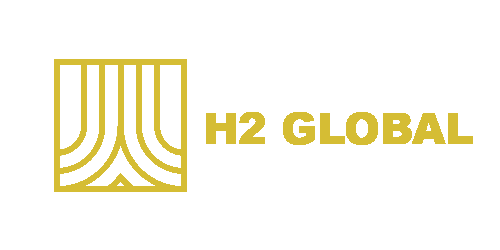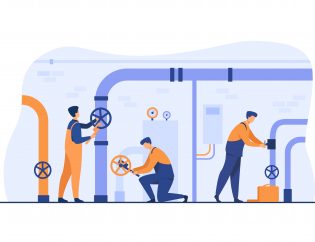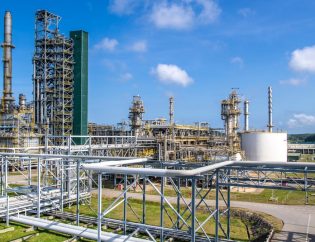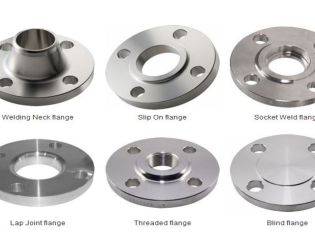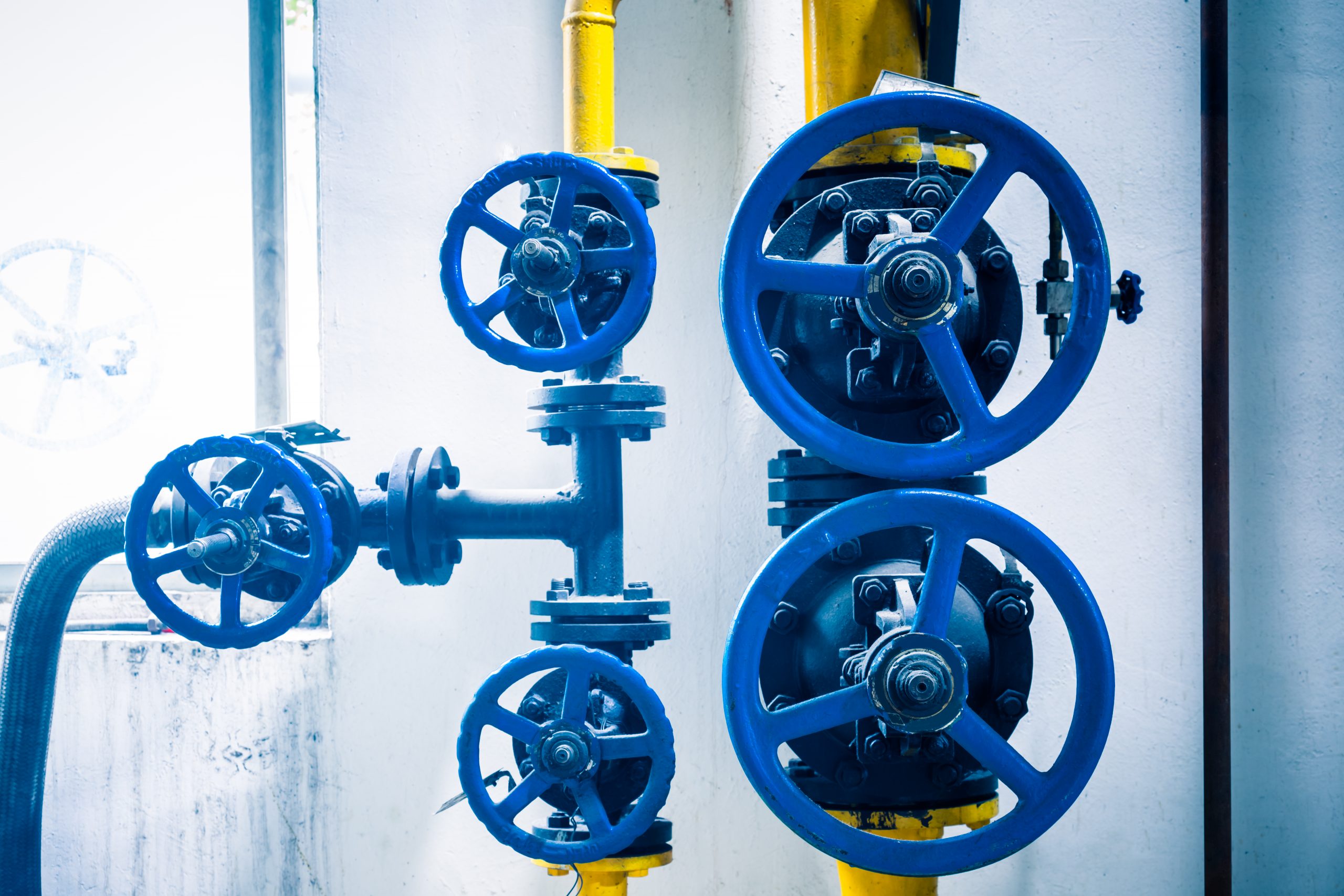
Discover the various valve standards set by prominent organizations and how they impact the industry.
Overview of Valve Standards
Valve standards are guidelines and specifications set by various organizations to ensure the quality and safety of valves used in different industries.
These standards define the design, materials, performance, and testing requirements for valves.
They help manufacturers produce valves that meet the industry's needs and provide a consistent level of performance and reliability.
Valve standards cover a wide range of valve types, including gate valves, ball valves, butterfly valves, globe valves, and check valves.
Understanding valve standards is crucial for engineers, designers, and manufacturers involved in valve selection, design, and production.
Key Standards Organizations
Numerous organizations worldwide develop and publish valve standards to promote uniformity and safety in valve design and manufacturing.
Some of the major standards organizations include:
◎ American National Standards Institute (ANSI): ANSI standards ensure the compatibility and interchangeability of valves and related equipment in North America.
◎ American Petroleum Institute (API): API standards focus on valves used in the oil and gas industry, covering design, materials, testing, and inspection requirements.
◎ The American Society of Mechanical Engineers (ASME): ASME standards provide guidelines for designing, manufacturing, and testing valves for various applications.
◎ British Standards (BS): BS standards are widely used in the United Kingdom and cover a wide range of industrial products, including valves.
These organizations play a vital role in ensuring the quality and safety of valves used in different industries worldwide.
| ANSI – AMERICAN NATIONAL STANDARDS INSTITUTE | |
| ANSI A126 | Grey iron castings for valves flanges and pipe fittings |
| ANSI A181 | Standard specifications for forged or rolled steel pipe flanged forged fittings and valves and parts for general service |
| ANSI B16.10 | Face - to - face and end - to - end dimension of ferrous valves |
| ANSI B16.34 | Steel valves |
| ANSI B127.1 | Constant - level oil valvess |
| API – AMERICAN PETROLEUM INSTITUTE | |
| Spec. 6A | Specification for wellhead and christmas tree equipment |
| Spec. 6D | Specification for pipeline valves |
| Spec. 607 | Specification for firetesting of valves (soft seated) |
| Std. 529 | Cast - forged Steel plug valves flanged ends |
| Std. 594 | Wafer - type check valves |
| Std. 595 | Cast - iron gate valves flanged ends |
| Std. 598 | Valve inspection and test |
| Spec. 6FA | Specification for fire test for valves |
| Spec. Q1 | Specification for quality programs. |
| ASME – AMERICAN SOCIETY OF MECHANICAL ENGINEERS | |
| A105 | Standard Specification for Carbon Steel Forgings for piping applications |
| A181 | Standard Specification for Carbon Steel Forgings for General purpose piping |
| A182 | Standard Specification for forged or rolled alloy-steel pipe flanges, forged fittings and valves and parts for high-temperature service |
| A961 | Standard Specification for Common Requirements for Steel Flanges, Forged Fittings, valves, and Parts for Piping Applications |
| B 16.5 | Steel pipe flanges and flanged fittings |
| B 16.10 | Face to Face and end to end dimensions of Valves |
| B 16.25 | Butt welding ends |
| B 16.34 | Valves – flanged, threaded and welding ends. |
| BS – BRITISH STANDARD | |
| BS EN 12627: 1999 | Face to face, centre to face, end to end, and centre to end dimensions of flanged and butt-welded end steel valves for the petroleum, petrochemical and allied industries |
| BS EN ISO 17292 | Metal ball valves for the petroleum, petrochemical and allied industries |
| BS EN 17292: 2004 | Steel ball valves for the petroleum, petrochemical and allied industries |
| BS EN 12266 - 1 & 2 | Industrial valves – testing of valves |
| BS EN ISO 9001: 2008 | Quality Management System-Requirements |
| BS 3952 | Specification for cast iron butterfly valves for general purposes |
| BS 3464 | Specification for cast iron gate valves for general purposes. |
Future Trends in Valve Standardization
Valve standardization is an ongoing process, and there are several trends that are shaping the future of valve standards.
Some of these trends include:
◎ Advancements in materials and manufacturing techniques, leading to the development of new valve standards that can withstand extreme conditions and offer improved performance.
◎ Increased focus on environmental sustainability, resulting in the development of standards that promote energy-efficient valves and reduce emissions.
◎ Integration of digital technologies, such as IoT and automation, in valve systems, leading to the development of standards for smart valves and interconnected systems.
◎ Collaboration between standard organizations and industry stakeholders to address emerging challenges and develop standards that meet the evolving needs of different industries.
These trends will continue to drive the development of valve standards and ensure that valves remain safe, reliable, and efficient in the future.
Where to buy quality Valves?
H2 Global is an experienced company in technical services and trading materials in oil & gas industry. We have executed projects for many factories, workshops, and large constructions. Therefore, we commit to and confidently provide customers with products at the most competitive prices and highest quality.
Contact H2 Global to receive professional consultation, design, manufacturing, and installation services tailored to your needs!
H2 GLOBAL TECHNICAL SERVICES CO., LTD
Office: G2.03, Tan Phu St., Lot M8, Phu My Hung urban - Midtown, Tan Phu ward, Dist. 7, Ho Chi Minh City, Vietnam
Workshop: 8A Street 663, Phuoc Thanh Commune, Cu Chi District, Ho Chi Minh City, Vietnam
Email: tran@h2tech.vn
Visit our website: https://h2tech.vn/l-t-valves/
